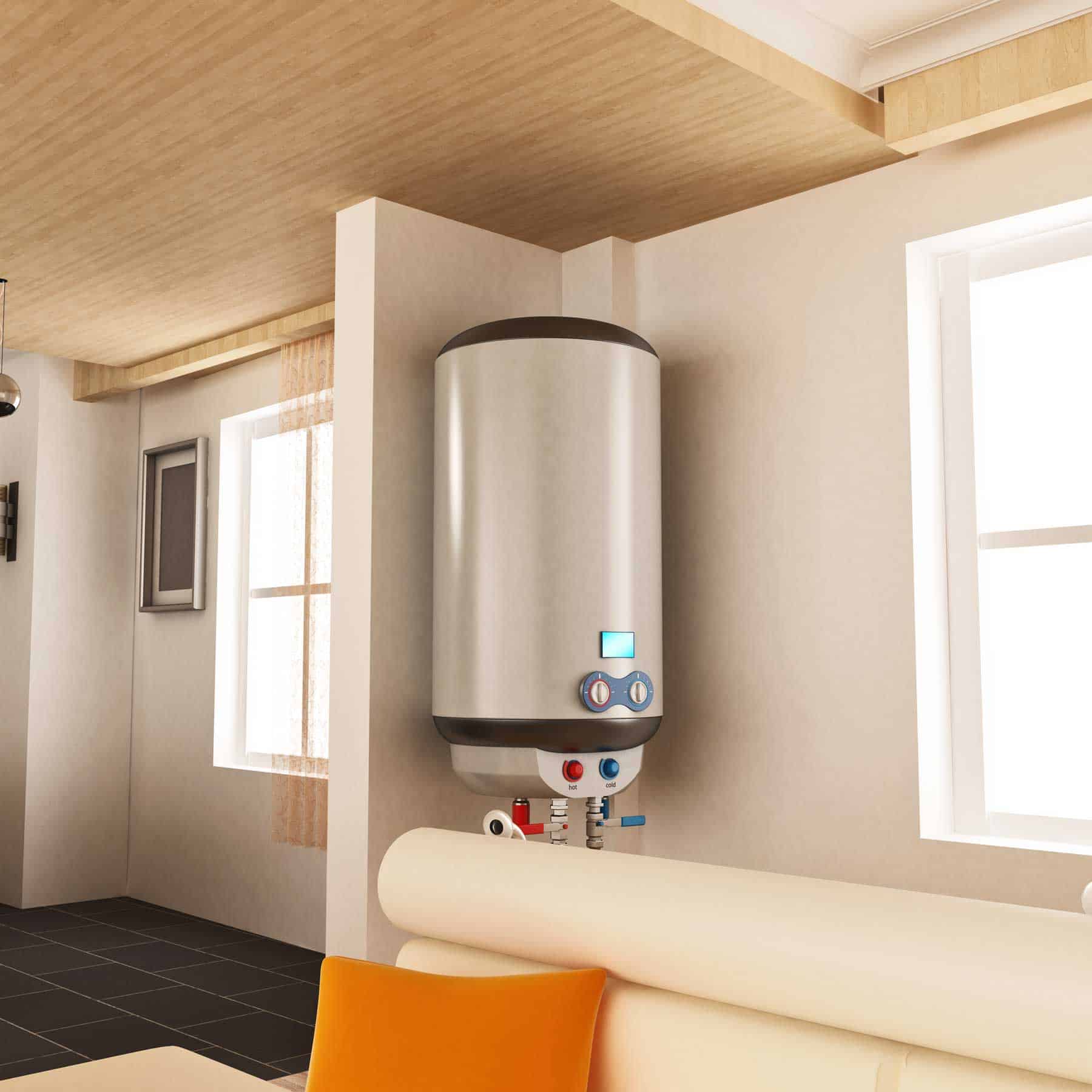We have discovered this post involving How to Maintain a Hot Water Heater in a Few Simple Steps below on the net and think it made perfect sense to write about it with you on this page.

Warm water is vital for daily comfort, whether it's for a revitalizing shower or washing meals. To ensure your warm water system runs efficiently and lasts much longer, regular upkeep is essential. This write-up offers sensible suggestions and insights on exactly how to maintain your home's warm water system to avoid interruptions and costly repairs.
Intro
Maintaining your home's hot water system could seem overwhelming, but with a couple of simple actions, you can guarantee it operates smoothly for several years to find. This overview covers everything from comprehending your warm water system to DIY upkeep suggestions and recognizing when to hire expert aid.
Significance of Keeping Your Hot Water System
Regular upkeep not just expands the lifespan of your warm water system yet also ensures it runs successfully. Disregarding maintenance can result in lowered efficiency, higher energy expenses, and also premature failure of the system.
Indications Your Warm Water System Demands Maintenance
Recognizing when your hot water system needs interest can protect against major problems. Watch out for indications such as irregular water temperature level, weird noises from the heater, or rustic water.
Comprehending Your Hot Water System
Before diving into maintenance tasks, it's valuable to recognize the standard parts of your warm water system. Usually, this consists of the hot water heater itself, pipelines, anode poles, and temperature controls.
Monthly Upkeep Tasks
Regular monthly checks ca
n help capture small problems before they intensify.
Flushing the Water Heater
Flushing your water heater eliminates debris buildup, improving efficiency and prolonging its life.
Monitoring and Changing Anode Rods
Anode poles prevent corrosion inside the tank. Inspecting and changing them when broken is critical.
Evaluating and Readjusting Temperature Level Settings
Adjusting the temperature level setups guarantees optimal efficiency and safety and security.
Do It Yourself Tips for Upkeep
You can do several maintenance jobs on your own to keep your warm water system in leading condition.
Checking for Leakages
Regularly check pipelines and connections for leaks, as these can lead to water damage and greater expenses.
Testing Stress Alleviation Valves
Examining the stress relief valve guarantees it operates appropriately and avoids excessive stress build-up.
Protecting Pipes
Shielding warm water pipes reduces warmth loss and can conserve energy.
When to Call a Specialist
While DIY upkeep is beneficial, some problems require professional know-how.
Complicated Issues Needing Professional Aid
Instances include significant leaks, electric issues, or if your water heater is continually underperforming.
Routine Professional Maintenance Conveniences
Expert upkeep can include detailed evaluations, tune-ups, and ensuring compliance with safety requirements.
Conclusion
Routine maintenance of your home's warm water system is vital for performance, durability, and price savings. By adhering to these suggestions and understanding when to look for expert aid, you can make sure a dependable supply of hot water without unanticipated interruptions.
How to Maintain an Instant Hot Water Heater
- Before tinkering with your hot water heater, make sure that it’s not powered on. You also have to turn off the main circuit breaker and shut off the main gas line to prevent accidents. Also turn off the water valves connected to your unit to prevent water from flowing into and out of the appliance.
- 2. When you’re done, you have to detach the purge valves’ caps. These look like the letter “T” and are situated on either side of the water valves. Doing so will release any pressure that has accumulated inside the valves while at the same time avoid hot water from shooting out and burning your skin.
- 3. When the purge valves’ caps are removed, you have to connect your hosing lines to the valves. Your unit should have come with three hoses but if it didn’t, you can purchase these things from any hardware or home repair shops. You can also get them from retail stores that sell water heating systems. Read the user’s manual and follow it to complete this task properly. When the hosing lines are connected, open the purge port’s valves.
- 4. You should never use harsh chemical cleaners or solutions when cleaning your unit. Make use of white vinegar instead. It should be undiluted and you’ll probably use about 2 gallons.
- 5. Now flush your water heater. This task should probably take about 40 minutes. We can’t give you specific directions for this because the procedure is carried out depending on the type, model and brand of your heater. With that being said, refer to the user’s manual.
- 6. When you’re done draining the unit, you have to turn off the purge port valves again. Remove the hosing lines that you earlier installed on each of the water valves. Put the valve caps (purge port) back in their respective places and be very careful so as not to damage the rubber discs that are found inside these caps.
- 7. Now that everything’s back in place, check your user’s manual again to find out how to reactivate your water heating system.
- 8. Once it is working, turn one of your hot water faucets on just to let air pass through the heater’s water supply pipes. Leave the tap on until water flows smoothly out of it.
https://www.orrplumbing.com/blog/2014/september/how-to-maintain-an-instant-hot-water-heater/

I was made aware of that report on Water Heater Maintenance Tips You Can't Afford to Forget from a friend on a different web blog. If you liked our page if you please don't forget to share it. We treasure reading our article about How to Maintain a Hot Water Heater in a Few Simple Steps.
Book Appointment Now
Comments on “Best Practices for Maintaining Your Home's Hot Water SystemSimple Ways to Care for Your Home's Hot Water System Effectively”